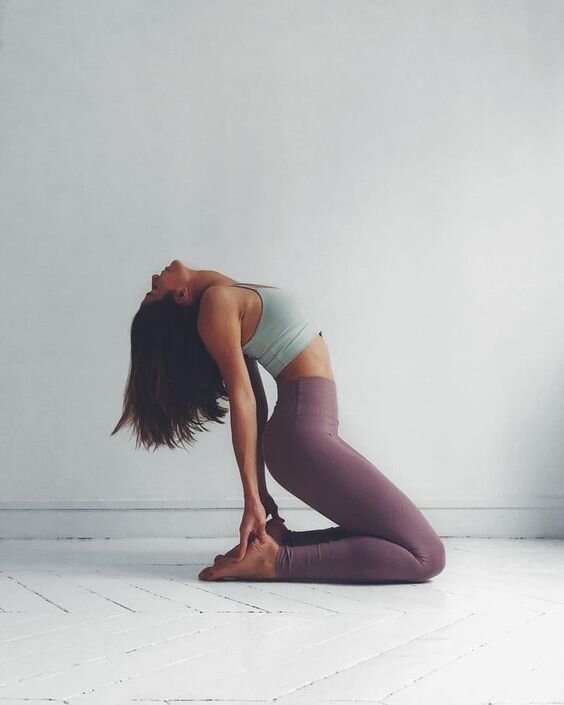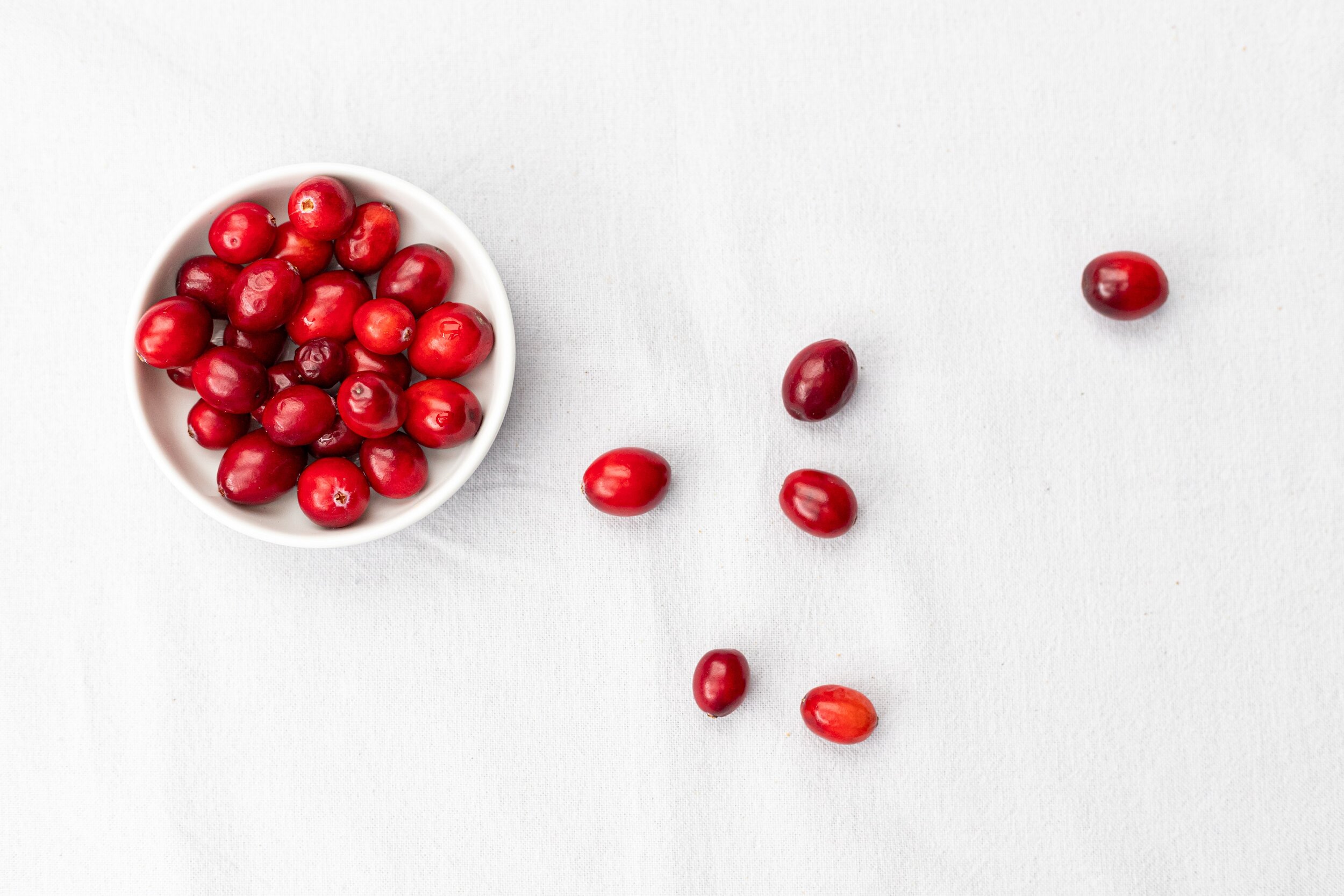Practical Tips for Managing Your Mental Health
How to get through this year when you struggle with mental health?
From the rising tension in the wake of the upcoming presidential election to the coronavirus pandemic, we all can feel the impact. Whether or not we feel we have been directly involved in or affected by these trying times, everything going around us this year continues to make a significant impact on our mental health. Even just watching the news or video clips of everything from riots in major U.S. cities to forest fires and floods in Australia can cause a great deal of stress and anxiety, having a much bigger impact on you than you may be aware of. Especially for those of you who already suffer from mental health conditions, it is likely this year has presented you with a new set of struggles that have made your mental health even more difficult to manage.
As John. F Kennedy once said, “The Chinese use two brush strokes to write the word 'crisis.' One brush stroke stands for danger; the other for an opportunity” and 2020 can certainly be considered a crisis in many ways. Yet, COVID-19, which has brought about many unforeseen challenges all across the world, has given us an opportunity to learn more about ourselves, and how to take care of our mental wellbeing. While strides have been made in addressing physical health concerns of COVID-19, we continue to face a world of unknowns, experiencing the stress of lost jobs and being furloughed, along with the stress of managing these fears alone in isolation. This unique set of challenges has prompted people who are struggling with their mental health to find even more ways to cope during a year such as this.
Here is a closer look at some practical tips on getting through the rest of this year if you are struggling with your mental health:
Deep Breathing and Meditation
One of the biggest benefits of meditation is that it helps relieve stress and anxiety. It fosters emotional wellbeing in many ways and can be an especially useful practice for coping with whatever you are going through this year. The primary way in which meditation helps promote calm is through the breath. Deep breathing activates our parasympathetic nervous system, so exhalations are not just a way of visualizing and feeling tension release, they are lowering our heart rate and cortisol levels. Meditation also helps us to relieve anxiety and depression by bringing us to the present moment. It is a way to find awareness of our thoughts, so we can control them, slow them down, and ultimately realize we are not our thoughts.
What especially makes meditation a practical tip for managing your mental health is that you can practice anywhere and anytime. You don’t need a special cushion, prior knowledge, or even a long block of time. In fact, meditation is said to be more beneficial when practiced more frequently for as little as 10 minutes a day, as opposed to one long session a week.
Here are a few ways you can start a simple breathing or meditation practice:
Sit for just two minutes. Close your eyes or keep a soft gaze on an object. Feel free to increase in time at any point you’re ready; there’s no need to force it.
Close your eyes and count your breaths in your head. You can inhale for a count of 5, hold, then exhale for a count of 5. Or take any variation of seconds that is comfortable. Concentrating primarily on longer exhales helps ease anxiety, so some people choose to exhale for a few seconds longer than they inhale.
Do a body scan. Focus your attention on one part at a time, as you move from the soles of your feet to the top of your head. Relax each part of your body as you move through them, and notice places where you are holding on to tension.
Practice Gratitude
Taking on an attitude of gratitude will help diminish some of the heaviness and dark thoughts that are characteristic of depression because gratitude helps to promote a more optimistic outlook on life. Gratitude can be practiced in numerous ways, but a simple practice is all you need, especially if you’re new to it. Here are a few practical ways to practice gratitude:
For every one negative thought that comes to mind, take that moment to pause and think about three things you are grateful for. Most people might find this more practical than carrying around a journal because you can do it really at any time. In fact, it doesn’t even have to be as a result of a negative thought; you can just make a choice to think of three things whenever you feel it might help boost your mood.
For those of you who do find the value and release of emotions that comes from writing, gratitude journals are an excellent option. This can be very simple, as well. Consider buying a journal where all of the questions are typed out for you to easily answer. Alternatively, you can write out or type out a list of questions in advance, so you can have multiple sheets of paper prepared for answering. Some of the prompts and questions you can answer are:
Three things I tend to take for granted are...
My most memorable part of the day was...Choose one thing you are grateful for from the day. Be specific and capture all the senses you can from that moment. You don’t have to write down the senses but feel them in your heart and body.
An act of kindness I did for someone else was...
You may feel this year like you are being pulled in many directions, from possible financial struggles to new remote work settings and keeping up with the status and wellness of your loved ones. It’s human nature to place unusually high expectations on ourselves. With the changes of this year occurring so rapidly that we’ve had little time to pause, reflect, and adapt, the stress that results makes it easy for us to look past all the things we are doing well. Gratitude helps us to recognize that we are doing our best, so we can attract more feelings of contentment and fulfillment. Gratitude shifts our focus from worries and fears to what is going right in our lives.
Journal
A journal is a safe space and outlet for your thoughts and emotions. Journaling is a great way to release tension, anger, stress, and sadness, and just the act of writing itself feels like you’re letting things go from your mind and onto the paper.
When you’re feeling depressed, the idea of writing a lot, let alone writing at all, can seem daunting. So here are a few prompts to keep it simple and achievable as a regular coping mechanism. Depending on when you choose to journal, you can slightly alter these to make more sense (i.e., today vs. tomorrow):
Today it would feel awesome if I accomplished...
What did I do today that was fun or enjoyable just for me?
What is the goal I have for the near or distant future?
Tomorrow, when I feel stressed, I will...
What are the things I love about myself the most?
Exercise
Exercise releases chemicals in the brain, including dopamine, endorphins, and adrenaline, that energize us and help us to feel happy. Exercise is an outlet for stress relief, that also contributes to our overall wellbeing.
Come up with a 10x10 sequence, meaning choose ten exercises that you enjoy and work for you, and do ten reps of each. Keep this list accessible at all times for whenever you need a boost of positive energy. Exercise doesn’t always have to be done in hour-long sessions.
Get outside and go for a walk or run. Running is especially helpful if you’re feeling anxious or angry, but the added nature and fresh air, even if you just decide to walk, will promote a sense of calm and happiness.
Lie out your yoga mat when you’re feeling blue and do some simple poses such as Child’s Pose or Cat-Cow Pose. Both are beneficial for focusing on the breath and inducing calm.
As we move into the fall of this year, it is helpful to be prepared for seasonal depression too. While experts aren’t entirely sure of the reasons, it could be due to the shorter days, disruption of circadian rhythm, and limited sunlight. Here are a few ways to manage any depression you may begin to feel in late fall or early winter:
· Soak up as much sunlight as possible. Even if it’s cold outside, bundle up around noon or so when the sun is the brightest.
· Utilize aromatherapy. Put a few drops of essential oil in your diffuser or bathtub to help promote a better mood.
· Stick to a schedule. You may have trouble sleeping or waking if you have seasonal depression or seasonal affective disorder but maintaining a regular daily and eating schedule may help improve your sleep and, therefore, alleviate other symptoms.
Summing it up
Whatever you are going through right now, whether anxiety or depression, remember that you are not alone. There are countless options for managing your mental health, and it is all about finding one way or a few that work for you.














